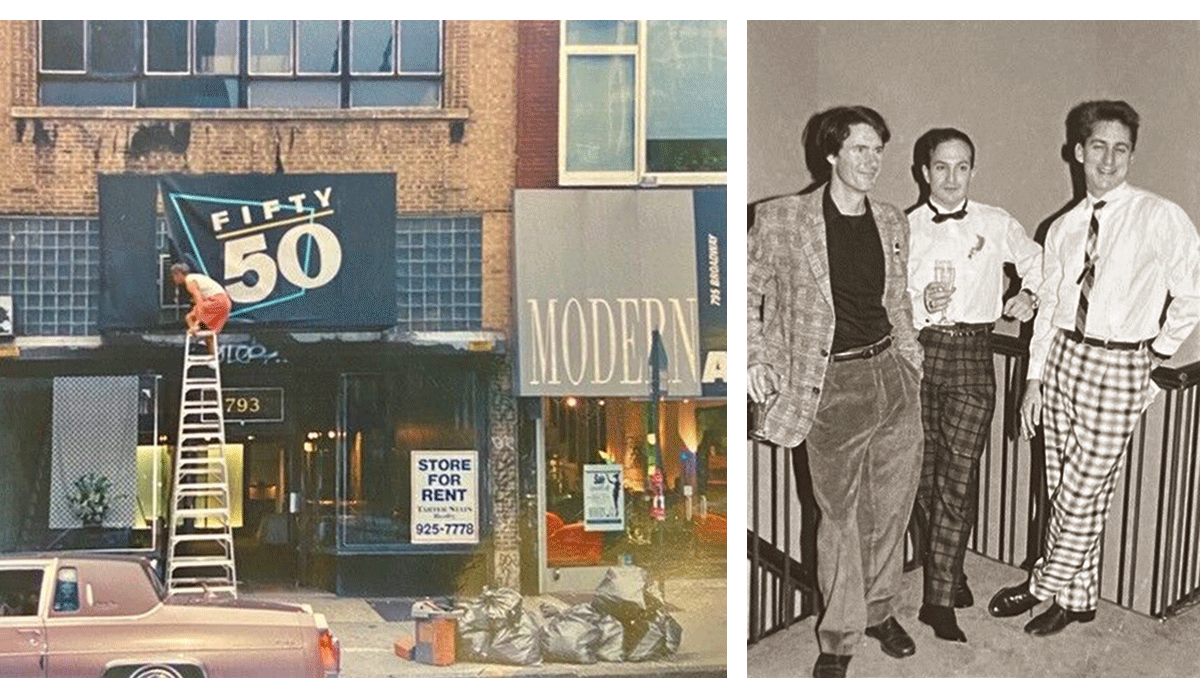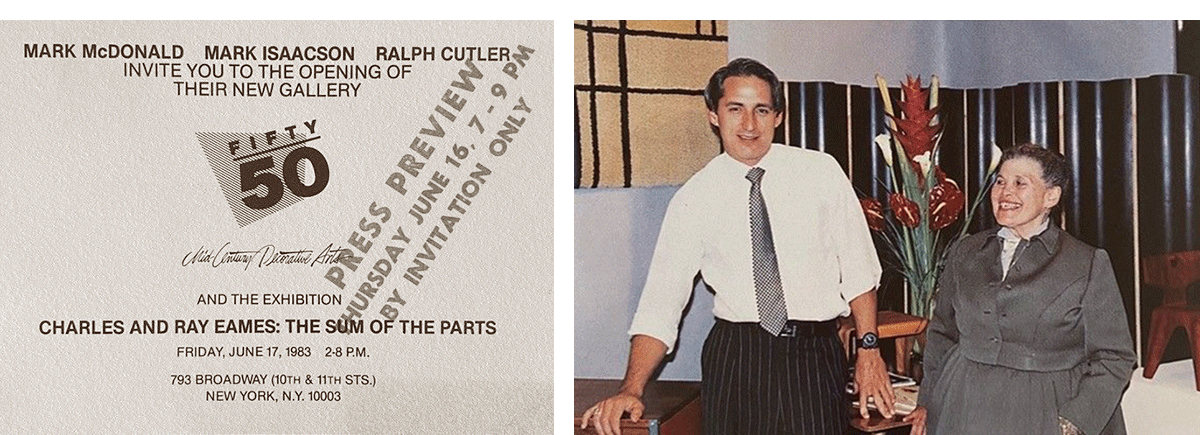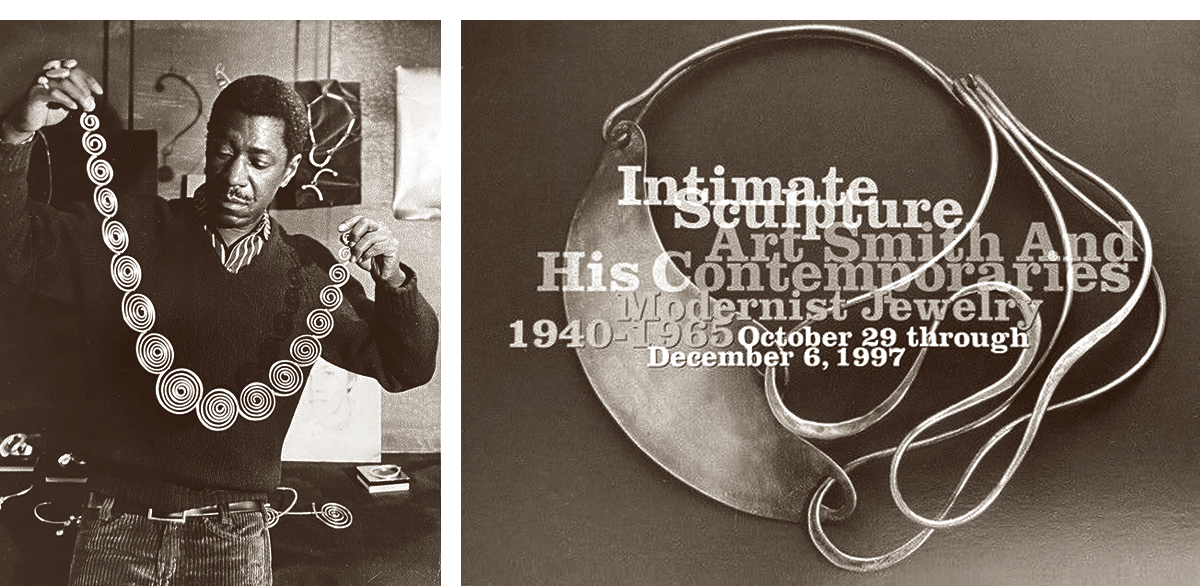207
207
Architecture Surveys, six
Architecture Surveys, six
estimate: $300–500
result: $813
provenance: Collection of Mark McDonald
New Japanese Architecture Udo Kultermann, Frederick A. Praeger, Publishers, New York, 1960. 180 pages, Hardcover.
1 Introductory Series to the Modern Arts: What is Modern Architecture, Museum of Modern Art, New York, 1946. 36 pages, Softcover.
Delirious New York: A Retroactive Manifesto for Manhattan Rem Koolhaas, Oxford University Press, New York, 1978. 263 pages, Hardcover.
Aluminum in Modern Architecture, Two Volumes John Peter and Paul Weidlinger, Reynolds Metal Company, Louisville, Kentucky, 1956. 255 / 403 pages, Hardcover.
The Second Generation Esther McCoy, Gibbs M. Smith, Inc and Peregrine Smith Books, Salt Lake City, 1984. 191 pages, Hardcover with dustjacket.
Industriekultur: Peter Behrens and the AEG, 1907-1914 Tilmann Buddensieg and Henning Rogge, The MIT Press, Cambridge, MA, 1984. 520 pages, Softcover.
Mark McDonald has always been at the epicenter of the world that is mid-century design, to a large extent, it is a world he created. For over forty years, Mark has pioneered whole fields of collecting, providing the scholarship and creating the market for mid-century furniture, studio jewelry, ceramics and Italian glass.

In 1983, Mark opened Fifty/50 with partners Mark Isaacson and Ralph Cutler. This groundbreaking gallery defined collectors’ taste. At the time, modern works were still largely overlooked; Mark and his partners collected and presented the rarest and most interesting pieces, often working with the makers themselves, to create compelling exhibitions accompanied by catalogs documenting the work.

In the 1990s, Mark opened Gansevoort Gallery, where he continued to curate collections and exhibitions of lasting impact. Over the years, he established relationships with artists and their estates becoming the go to authority on the designs of Art Smith, Ilonka Karasz and Leza McVey, among others. His enthusiasm for the material extended beyond the gallery floor to the back room where lucky visitors got to flip through Mark’s impressive design reference library and discuss the importance of works with him.

A connoisseur and wealth of knowledge, Mark became a resource for prominent collections across the globe—private and public alike. He inspired a generation of collectors and dealers introducing designers and their production to an audience that continues to grow. In 2002, Mark closed Gansevoort and established 330 gallery in Hudson, New York. Now, semi-retired, Marks splits his time between New York and Florida. He still collects, curates, supports, and shepherds the scholarship of mid-century design.